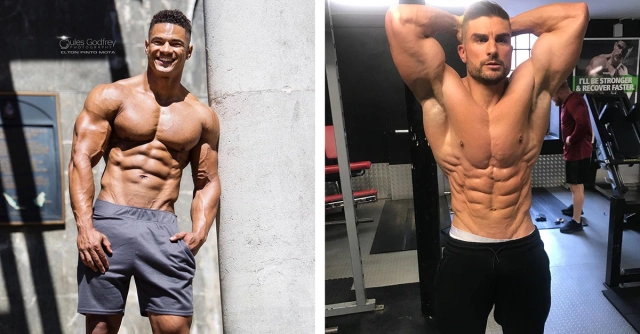
“The frame is the foundation of the house. If your frame wasn’t right, nothing above or below it’s going to be strong.” That observation from HSS physical therapist Ribaudo is the rationale for why training the core is necessary little time, little equipment. You don’t need a gym (or pricey equipment) to attain a chiseled, strong midsection, do you?
For gym rats, beginners, and everyone in between, the mission is clear: get real results with smart, efficient moves you can do anywhere. The new expert-proven workouts show that with just body weight and a dash of inside know-how you can light up every part of your core, from the deeper stabilizers to those notorious “six-pack” muscles. You’ll get real-world moves, insider advice, and state-of-the-art science to take your home ab routine to the next level gym not needed.
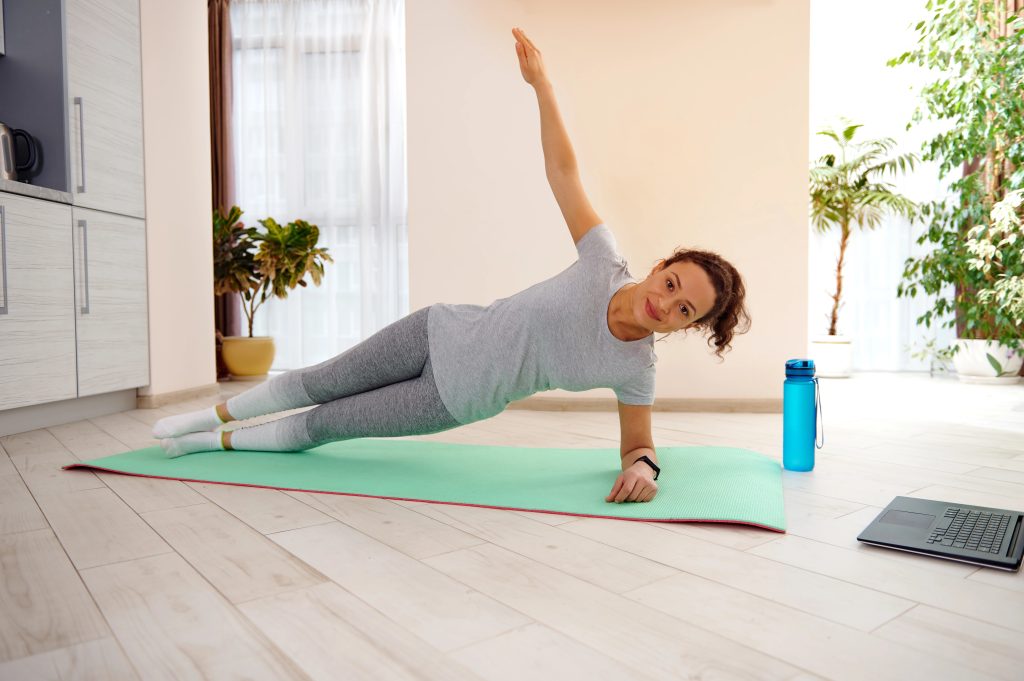
1. Side Plank Crunch: Oblique Powerhouse
We all adore this exercise, and with good reason it hits your obliques and challenges your balance. Start in side plank position, then bring top knee and elbow towards one another in slow, controlled crunch. Complete 8-10 per side slowly and controlledly. Posture is absolute here: keep hips off the ground and abs tight to avoid unnecessary stress. As Lisa Lanceford explains, this is a game-changer for definition on the sides of your waist and building real-strength for things like twisting and reaching. To tone it down, lower the bottom knee for more support.
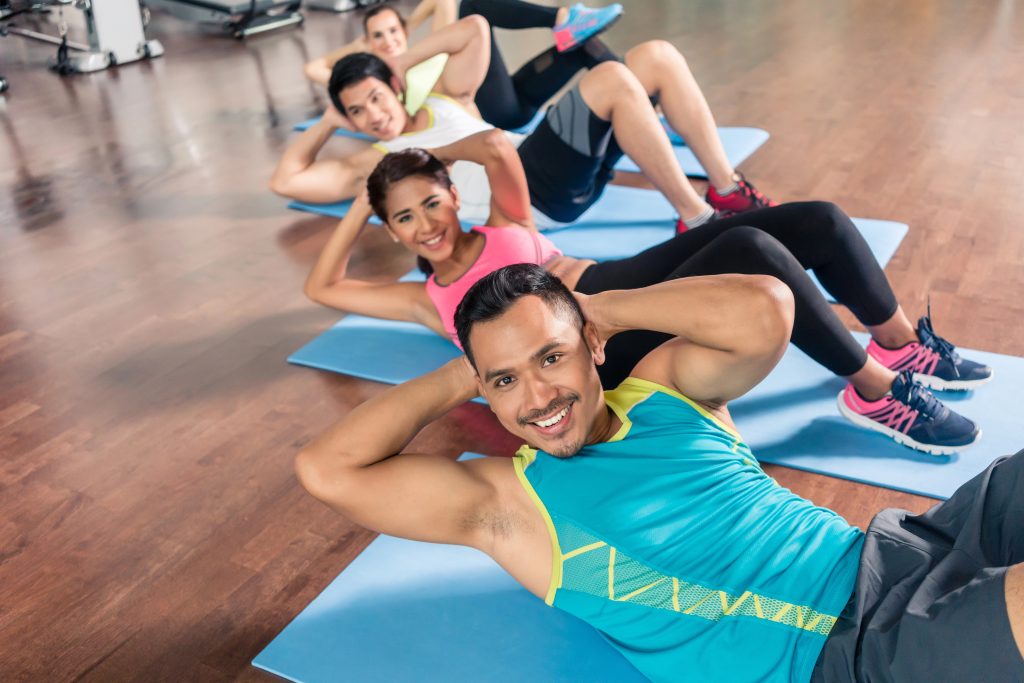
2. Oblique V Crunch: Sculpt and Stabilize
The oblique V crunch is a high-intensity exercise that targets both your obliques and rectus abdominis. Lying on your side, lift your legs and upper body simultaneously, reaching your hand toward your feet. This movement demands serious core control and coordination. Slow, controlled reps (8-10 per side) ensure you’re not just going through the motions but actually firing up those deep core muscles. Shape.com experts assert that performing movements simultaneously in this way forms your abs to function as one unit, something required for aesthetics and functional strength.

3. Star to Extended Arm Sit-Up: Total Core Activation
The stretch of sit-up is an all-around core burner. Begin in the starfish position legs and arms apart sit up, extending one arm to the other foot. Alternate sides for 10-12 reps. The wide starting stance doubles the work of your stabilizers, and the cross-body reach engages your obliques and rectus abdominis. Fitness instructors recommend reducing each rep to a slow pace and concentrating on muscle activation rather than momentum. To increase difficulty, hold a light weight or water bottle for increased resistance.
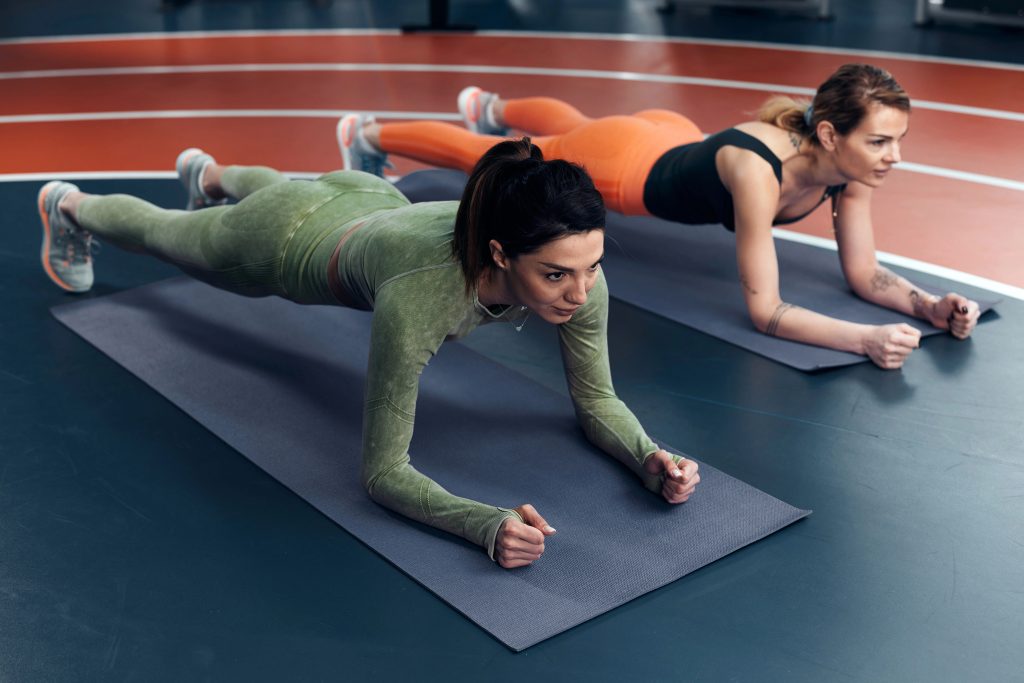
4. Plank to Dolphin: Warm Up and Challenge Stability
This is a sneaky core builder with the added bonus of activating your shoulders and arms. Start in a high plank and push your hips up and back into the dolphin position, core activated. TruFusion trainer Alyssa West offers that this exercise is perfect for conditioning the body for more advanced core exercises and improving shoulder mobility. Plank to Dolphin is another great endurance builder try it for a minute and feel the burn from head to midriff.
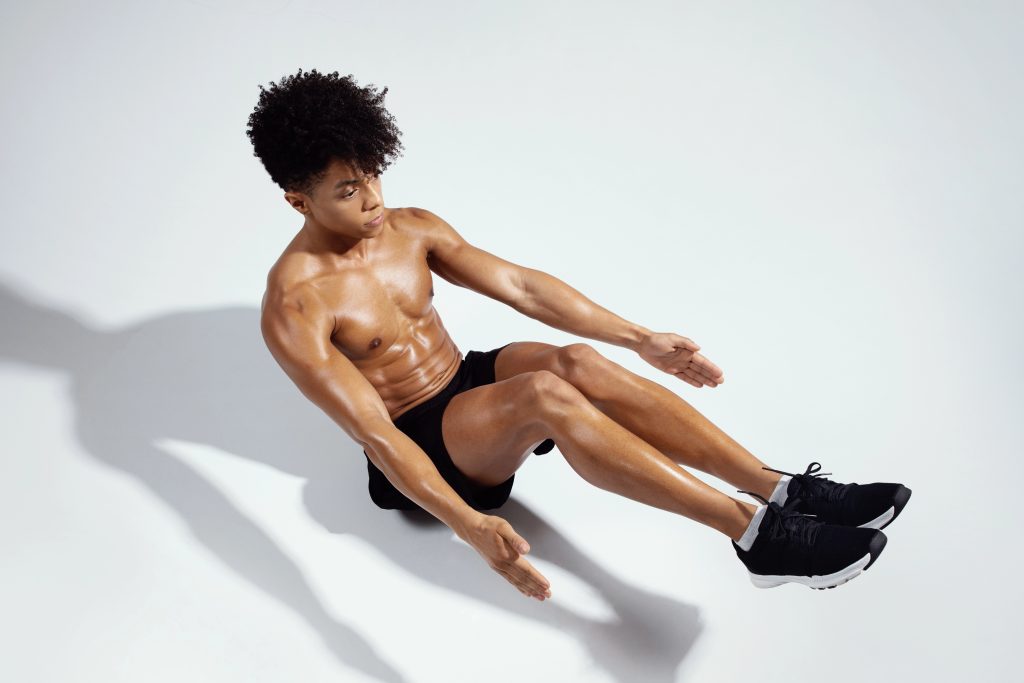
5. Boat Hold: Strength for Deep Abs
Boat pose isn’t just for yogis. Sit on tailbone and lift legs and bring arms forward into V shape with body. Hold for as long as a minute, with chest up and abs pulled in. This isometric hold tightens your transverse abdominis the inner core muscle that acts like a natural corset. New to all this? Get on your knees or delay for a couple of seconds. Professionals recommend quality over amount to make the most out of it.

6. Progressive Overload: The Secret to Building Stronger Abs
Need results? It’s not crunches on top of crunches it’s progressive overload. This could be gradually increasing difficulty, either through added reps, reduced speed, or adding resistance. As Dr. Muscle puts it, “Progressive overload is the single most important principle for long-term results.” Without weights, you can change rest periods or use instability to keep your muscles guessing and developing. Periodic building prevents plateaus and makes your training effective.
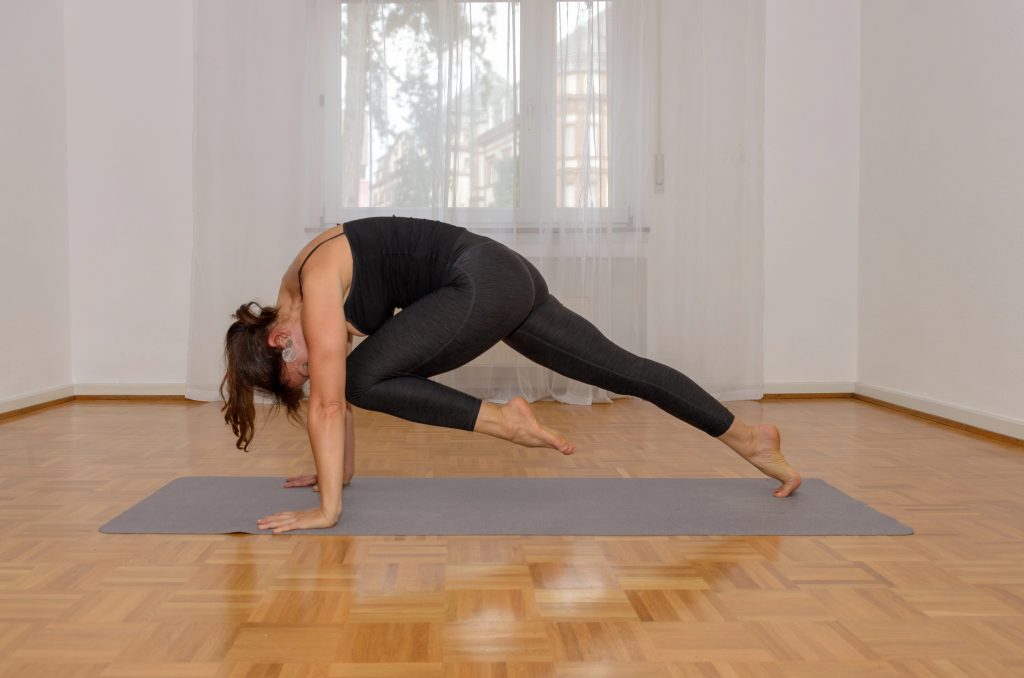
7. Plank Variations: Strength and Endurance
Old-school planks and their variations (forearm, side, dynamic) are essentials. Planks work your entire midsection: rectus abdominis, obliques, and transverse abdominis. The challenge is to hold your body in a straight line from head to heels without slouchy hips. Shape.com recommends shaking up your plank routine with dynamic variations like plank jacks or alternating limb lifts to keep it fun and effective.

8. Functional Core Moves: More Than Crunches
Strength in real life results from movements that imitate everyday tasks. Consider bird-dogs, bridges, and side standing crunches. These conditions train your core to stabilize your pelvis and spine with movement, decreasing the likelihood of injury, as well as correcting posture. Functional fitness is less about your core taking care of things for you, and more about form. It is said by HSS experts that a healthy core protects your back and helps in the control of movement during every activity.
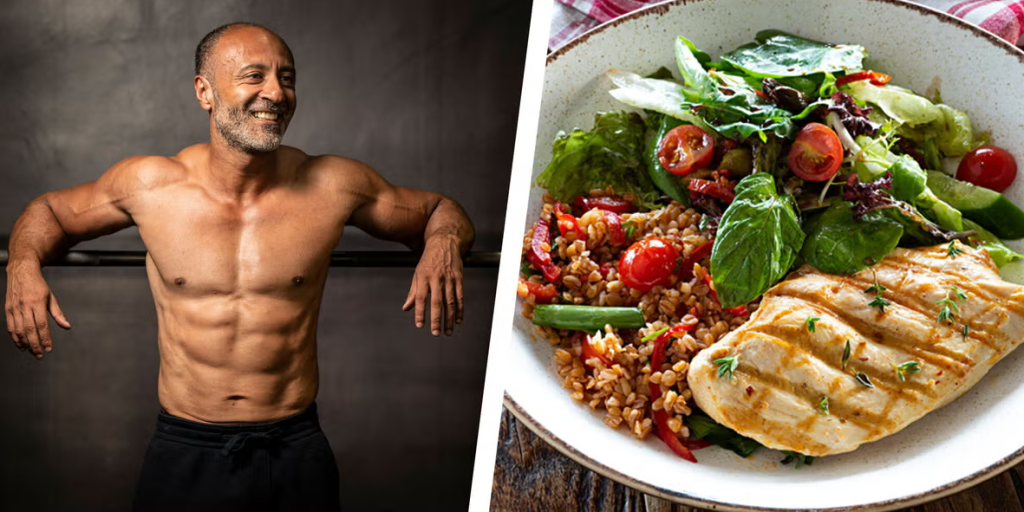
9. Recovery and Nutrition: The Unsung Heroes
Abs aren’t just created in the kitchen and in your sleep, for that matter. Experts all agree that eating a diet full of proteins and adequate hydration aids muscle tissue building and recovery. Dr. Muscle also cites rest: overtraining your abs has the ironic consequence of burning out and leading to stalled gains. Provide your core with a minimum of 48 hours of resting time between challenging workouts and feed with nutrient-rich foods for optimal results.
It takes a gym membership or an hour of crunches to achieve a hard, chiseled core. Good exercises, form focus, and a little bit of progressive overload are all that any individual needs to achieve a strong, functioning core a core as pretty as it performs along with a routine appropriate to your actual life. Consistency and intelligent recovery are just as key as the movements themselves.


